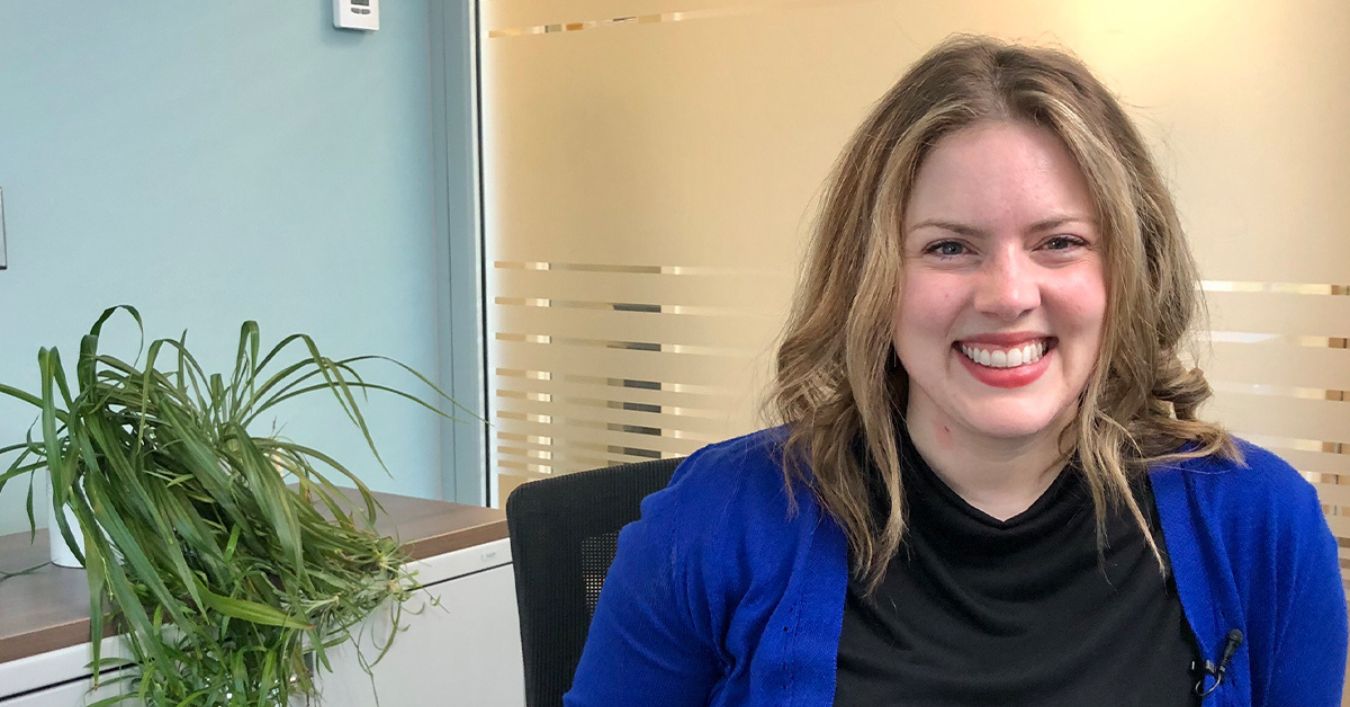
“Challenges in Partnered Research” is a new Q&A series by Partnering in Research that highlights individuals transforming policies, practices, and communities through collaborative research. Each installment features 1-3 researchers from diverse disciplines discussing some of the most common challenges faced in partnered research and their innovative solutions.
Navigating the complexities of partnered research can be as challenging as it is rewarding. When researchers collaborate with non-academic partners—such as community members, government policymakers, and non-profits—they usually share a common goal: to benefit society.
However, conflicts can arise. These might stem from differences in timelines, research methods, or how the knowledge is shared and used. While these conflicts can be stressful, they also offer valuable opportunities. They can deepen mutual understanding, clarify objectives, promote equity, and ultimately enhance the positive impact of the research.
In this episode, we have the pleasure of speaking with Dr. Heather Gainforth, an Associate Professor in the School of Health and Exercise Sciences at UBC Okanagan. Dr. Gainforth’s research is driven by a profound belief that health promotion interventions and guidelines should reach those who need them most.
Her work focuses on closing the gap between health behaviour change research and practice through knowledge translation—ensuring that research findings are effectively communicated and implemented in real-world settings. With a strong foundation in behaviour change theory and a commitment to community collaboration, Dr. Gainforth’s research sheds light on how we can navigate and even embrace conflict in partnered research to create stronger, more equitable partnerships and outcomes.
So, whether you’re a seasoned researcher or new to collaborative projects, this Q&A offers valuable guidance for navigating financial challenges, power dynamics, and creating meaningful, impactful and joyful collaborations.
Enjoy the interview below, available in video and written formats.
Watch
Read
Edits have been made to this written Q&A for clarity, style, and tone.
This interview was produced by “Partnering in Research” (PiR), a collaborative venture between the Knowledge Exchange Unit and Indigenous Research Support Initiative of UBC’s Vice President Research and Innovation, the Office of Community Engagement under the Vice President External Relations, and the Centre for Asian Canadian Research and Engagement in the Faculty of Arts.
Thank you for reading! We hope you enjoyed the interview and found valuable insights to enhance your partnered research initiatives. We invite you to explore our other interviews and stay tuned for our upcoming workshops designed to further support your research journey.